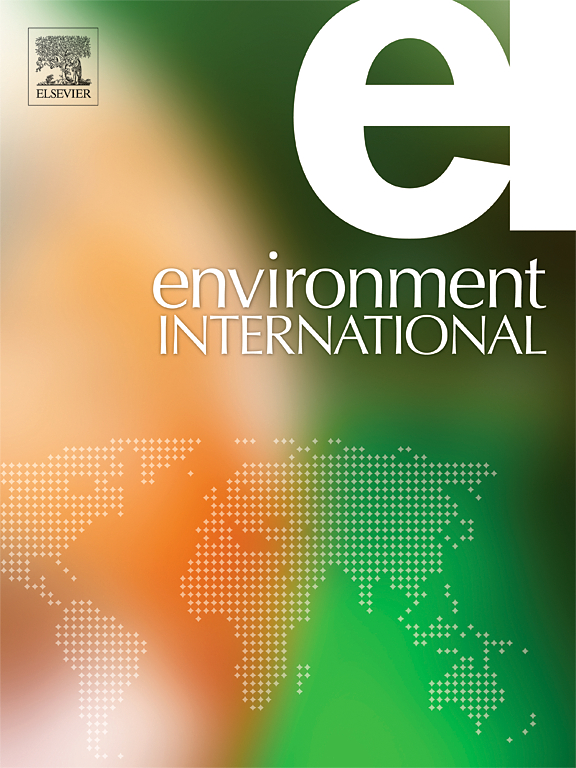Plastic chemicals disrupt molecular circadian rhythms via adenosine 1 receptor in vitro
IF 10.3
1区 环境科学与生态学
Q1 ENVIRONMENTAL SCIENCES
引用次数: 0
Abstract
The adenosine 1 receptor (A1R) is a G protein-coupled receptor that transduces signals to regulate sleep-wake cycles and circadian rhythms. Plastic products contain thousands of chemicals, known to disrupt physiological function. Recent research has demonstrated that some of these chemicals are also A1R agonists, however, the extent to which such activation propagates downstream and results in cellular alterations remains unknown. Thus, we investigate whether chemicals extracted from polyurethane (PUR) and polyvinyl chloride (PVC) plastics disrupt circadian rhythms via agonism of A1R. We confirm that plastic chemicals in both plastics activate A1R and inhibit intracellular cAMP in U2OS cells. Notably, this inhibition is comparable to that induced by the highly specific A1R agonist 2′-MeCCPA. To assess circadian disruption, we quantify temporal expression patterns of the clock genes PER2 and CRY2 at 4-h intervals over 48 h. Here, exposure to plastic chemicals shifts the phase in the oscillatory expression cycles of both clock genes by 9–17 min. Importantly, these effects are dose-dependent and reversible when A1R is inhibited by a pharmacological antagonist. This demonstrates that plastic chemicals can disrupt circadian processes by interfering with A1R signaling and suggests a novel mechanism by which these and other chemicals may contribute to non-communicable diseases.


求助全文
约1分钟内获得全文
求助全文
来源期刊

Environment International
环境科学-环境科学
CiteScore
21.90
自引率
3.40%
发文量
734
审稿时长
2.8 months
期刊介绍:
Environmental Health publishes manuscripts focusing on critical aspects of environmental and occupational medicine, including studies in toxicology and epidemiology, to illuminate the human health implications of exposure to environmental hazards. The journal adopts an open-access model and practices open peer review.
It caters to scientists and practitioners across all environmental science domains, directly or indirectly impacting human health and well-being. With a commitment to enhancing the prevention of environmentally-related health risks, Environmental Health serves as a public health journal for the community and scientists engaged in matters of public health significance concerning the environment.
 求助内容:
求助内容: 应助结果提醒方式:
应助结果提醒方式:


